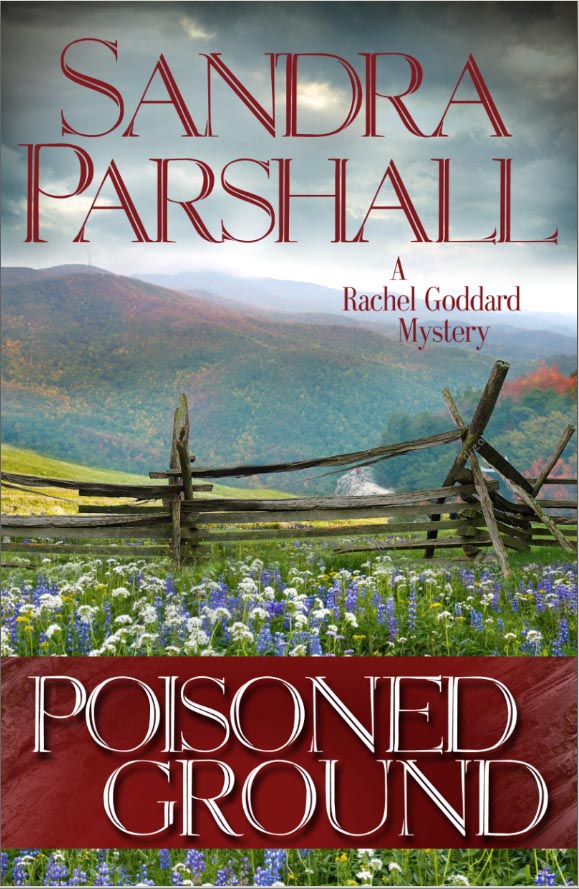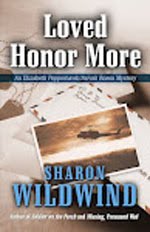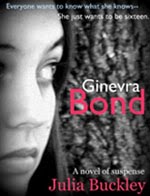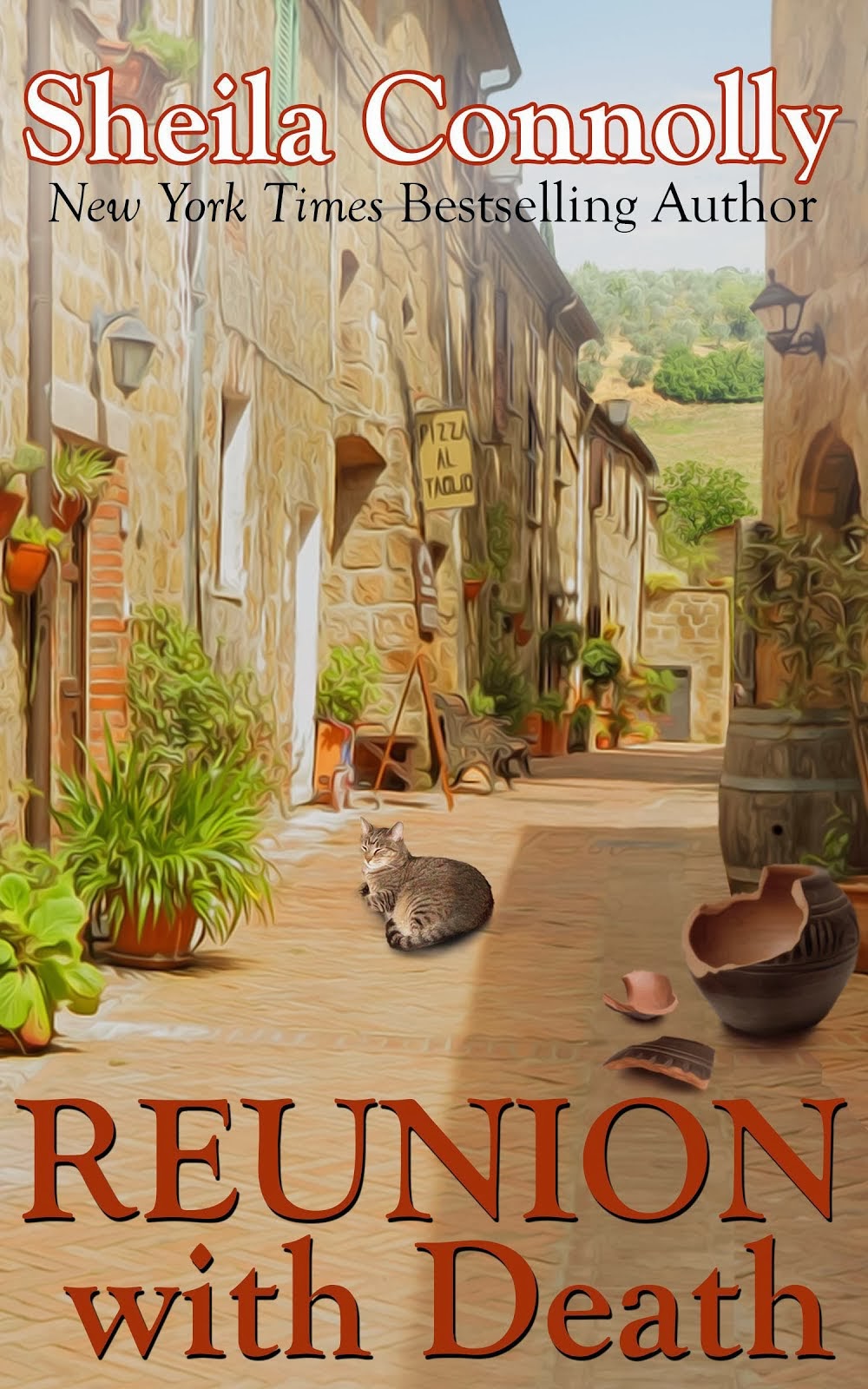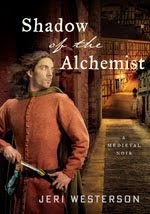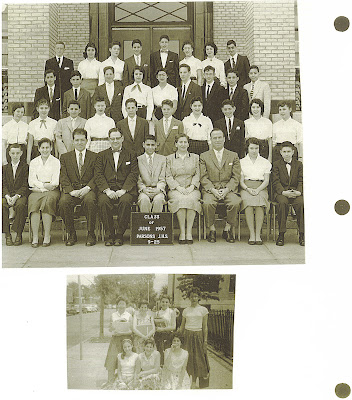
By Lonnie Cruse
Trust me. Nobody but NOBODY can say "Good Evening" and send shivers up your spine like Bela Lugosi. And nobody but NOBODY has ever done the part of Dracula in a movie or on stage as well as Lugosi. He set the bar too high.
Back in the Fifties, homes had no VCRs or DVD players so I was introduced to Bela Lugosi's magnificent Dracula of the 1931 movie version thanks to a late night show that aired on Las Vegas television every Friday night. I don't remember the hosts' names but I can still see the husband and wife team showing and chatting about all the old horror movies, and me glued to the TV screen, waiting for Bela. Sigh, best night of the week after my father had hogged the television all evening for the Friday Night Fights.
Back in those days, actors once typecast in a roll were rarely allowed to play anything else, and admittedly, Lugosi played in some real stinkers late in his life. Opposite the Bowery Boys? Gimme a break.
Still, Lugosi managed to make his presence felt in more than one movie that otherwise would have been lost in shame forever without him. Take WHITE ZOMBIE. His protrayal of the character, Murder Legendre, is in my humble opinion one of his greatest roles. That the part for the female lead was seriously silly, you get no argument from me. But Lugosi? The stuff legends are made of. And what about THE BLACK CAT where some genius brought Lugosi together with Karloff as they fought over a young bride? The special effect of beautiful dead young women floating lifelessly in glass coffins on the wall? Lugosi as the good guy for once, trying to defeat Karloff and save the newlyweds? Ahhhh.
Then there were his minor roles, like Bela the Gypsy in the 1941 version of THE WOLF MAN with Lon Chaney, Jr. Or how about Egor in one of the FRANKENSTEIN movies? As I said, minor roles, but always extremely well done.
If you've never seen Lugosi's last movie, PLAN 9 FROM OUTER SPACE you truly have not plummed the depths of horrible horror movies. Lugosi (fortunately for him?) died during filming, and the director substituted a local chiropractor. The good doctor should have stuck to his day job. But that awful movie is now a cult fave, and as a true Lugosi fan, I, of course, own a copy.
And as a responsible parent and grandparent, I have introduced my sons and grandsons to the delights of Bela Lugosi. I collect his movies when I can find them, usually buying 2-3 copies to share with my grands. Can I help it if their parents no longer appreciate the true value of these one-of-a-kind treasures?
Every October I pull my collection out and emerse myself in Lugosi movies. I was surprised to learn from a recent horror movie documentary that Lugosi was NOT the first choice for the DRACULA movie, though he'd played the part well on the New York stage. However, serendipity interviened, the other two or three actors being considered weren't available for whatever reasons, and Lugosi snagged the part. Movie history was made.
In the 1931 version of DRACULA, Lugosi's reaction to Van Helsing opening a mirrored cigarette box is truly classic, without him even uttering a word. I love that. And the way Lugosi stands in a garden, working to capture the mind of the young woman in WHITE ZOMBIE. Wow.
It's not to late for you to enjoy the delights of a Lugosi movie this Halloween. I suggest DRACULA OR WHITE ZOMBIE. But SCARED TO DEATH, THE APE MAN, THE INVISIBLE GHOST, MURDER BY TELEVISION, etc, you could probably skip. Unless, like me, you believe that Bela Lugosi is still THE man. Sigh.
Thanks for stopping by. Please close the door behind you as you leave. It's time for me to pop another DVD into the player. Hmmm. Let's see. How about the one with the rediculously huge robot that Lugosi controls from a box on his belt? Yeah, that's a good one. Happy Halloween.
Trust me. Nobody but NOBODY can say "Good Evening" and send shivers up your spine like Bela Lugosi. And nobody but NOBODY has ever done the part of Dracula in a movie or on stage as well as Lugosi. He set the bar too high.
Back in the Fifties, homes had no VCRs or DVD players so I was introduced to Bela Lugosi's magnificent Dracula of the 1931 movie version thanks to a late night show that aired on Las Vegas television every Friday night. I don't remember the hosts' names but I can still see the husband and wife team showing and chatting about all the old horror movies, and me glued to the TV screen, waiting for Bela. Sigh, best night of the week after my father had hogged the television all evening for the Friday Night Fights.
Back in those days, actors once typecast in a roll were rarely allowed to play anything else, and admittedly, Lugosi played in some real stinkers late in his life. Opposite the Bowery Boys? Gimme a break.
Still, Lugosi managed to make his presence felt in more than one movie that otherwise would have been lost in shame forever without him. Take WHITE ZOMBIE. His protrayal of the character, Murder Legendre, is in my humble opinion one of his greatest roles. That the part for the female lead was seriously silly, you get no argument from me. But Lugosi? The stuff legends are made of. And what about THE BLACK CAT where some genius brought Lugosi together with Karloff as they fought over a young bride? The special effect of beautiful dead young women floating lifelessly in glass coffins on the wall? Lugosi as the good guy for once, trying to defeat Karloff and save the newlyweds? Ahhhh.
Then there were his minor roles, like Bela the Gypsy in the 1941 version of THE WOLF MAN with Lon Chaney, Jr. Or how about Egor in one of the FRANKENSTEIN movies? As I said, minor roles, but always extremely well done.
If you've never seen Lugosi's last movie, PLAN 9 FROM OUTER SPACE you truly have not plummed the depths of horrible horror movies. Lugosi (fortunately for him?) died during filming, and the director substituted a local chiropractor. The good doctor should have stuck to his day job. But that awful movie is now a cult fave, and as a true Lugosi fan, I, of course, own a copy.
And as a responsible parent and grandparent, I have introduced my sons and grandsons to the delights of Bela Lugosi. I collect his movies when I can find them, usually buying 2-3 copies to share with my grands. Can I help it if their parents no longer appreciate the true value of these one-of-a-kind treasures?
Every October I pull my collection out and emerse myself in Lugosi movies. I was surprised to learn from a recent horror movie documentary that Lugosi was NOT the first choice for the DRACULA movie, though he'd played the part well on the New York stage. However, serendipity interviened, the other two or three actors being considered weren't available for whatever reasons, and Lugosi snagged the part. Movie history was made.
In the 1931 version of DRACULA, Lugosi's reaction to Van Helsing opening a mirrored cigarette box is truly classic, without him even uttering a word. I love that. And the way Lugosi stands in a garden, working to capture the mind of the young woman in WHITE ZOMBIE. Wow.
It's not to late for you to enjoy the delights of a Lugosi movie this Halloween. I suggest DRACULA OR WHITE ZOMBIE. But SCARED TO DEATH, THE APE MAN, THE INVISIBLE GHOST, MURDER BY TELEVISION, etc, you could probably skip. Unless, like me, you believe that Bela Lugosi is still THE man. Sigh.
Thanks for stopping by. Please close the door behind you as you leave. It's time for me to pop another DVD into the player. Hmmm. Let's see. How about the one with the rediculously huge robot that Lugosi controls from a box on his belt? Yeah, that's a good one. Happy Halloween.




